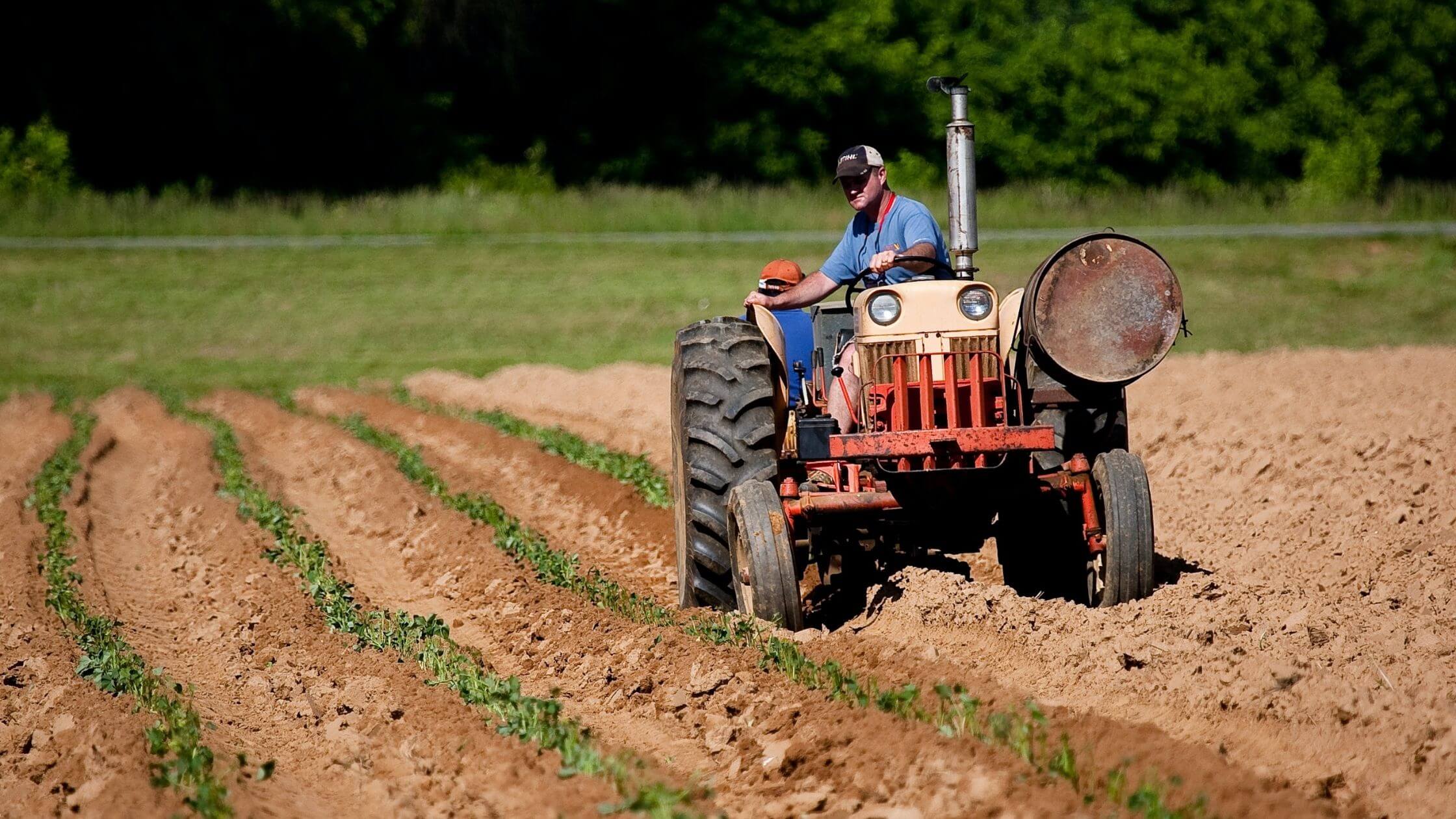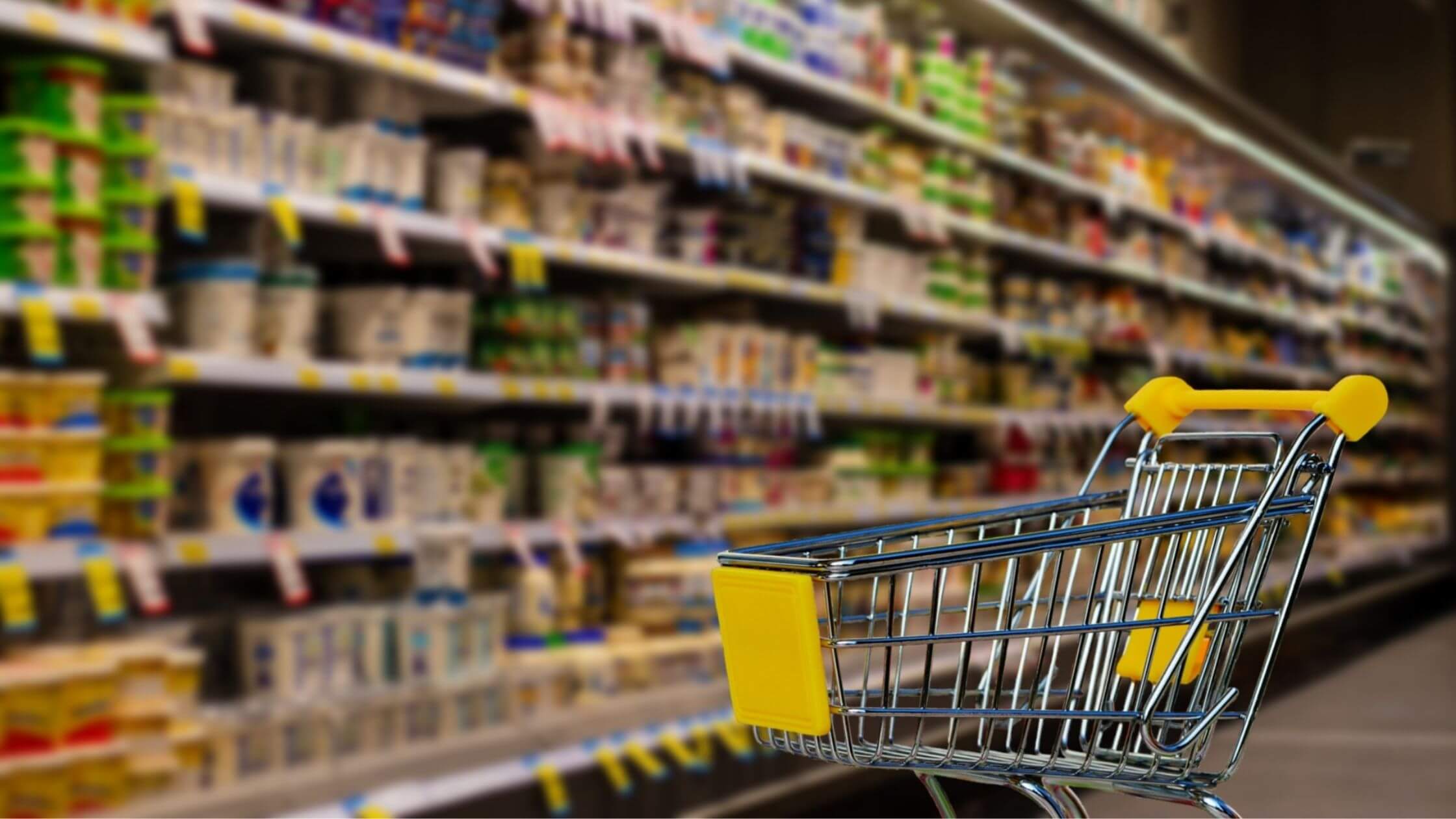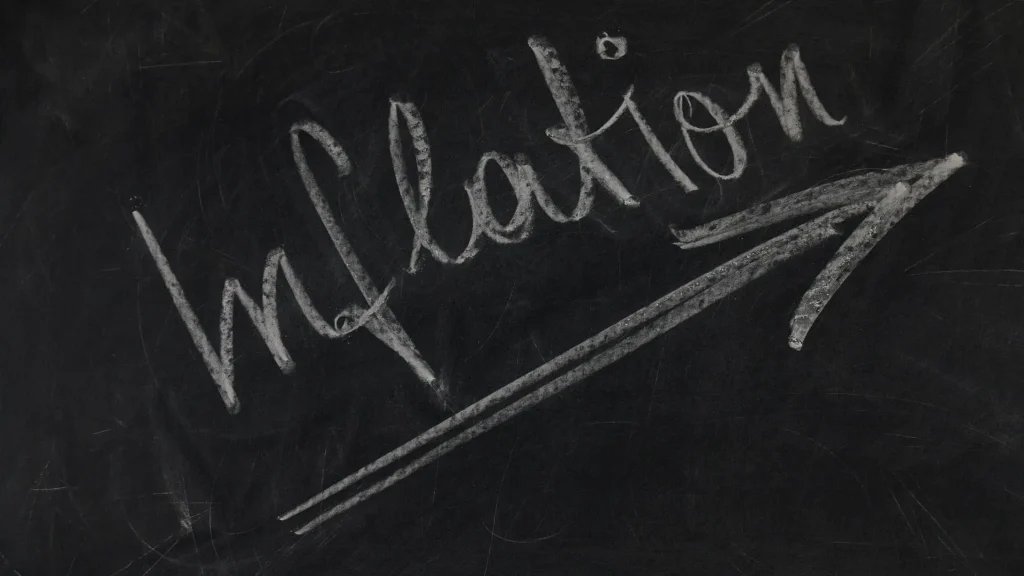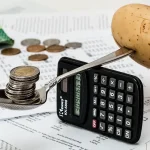Inflation trend
It was around April 2021 that inflation numbers in Croatia started making headlines. As the world continued to be in the thick of the pandemic, inflation numbers in Croatia reached a then 2-year high of 2.1%.
This was largely attributed to supply chain issues, and uncertainty surrounding economic recovery after the pandemic, predominantly impacting the prices of energy, food, and construction materials in Croatia
By May 2021, this number grew to 2.4%, alongside other EU countries like Germany, Spain, and Sweden, but still lower than others like Hungary (5.3%) and Poland (4.6%). June 2021 saw a drop in inflation rates to 2.0%, but before everyone could breathe a sigh of relief, it rose to 2.8% in July and 3.1% in August 2021, compared to the same months in 2020.
November and December 2021 saw sharp increases with the DZS reporting inflation rates of 4.8% and 5.5% respectively, the highest level of inflation Croatia had seen since October 2008 when it stood at 5.9%.
Just as it seemed inflation may have leveled off, rates continued to gallop upwards around the time of Russia’s invasion of Ukraine, sending the global economy into a tailspin and energy prices through the roof. By February 2022, prices increased a staggering 7.1% compared to the year prior and March saw rates of 7.3%.
Despite this surge, when compared to other EU countries, inflationary pressures on the Croatian economy are still considered relatively average. Lithuania and Estonia saw price increases of 15.6% and 14.8% respectively, while on the other end of the scale sat Denmark with a 5.3% increase, and Sweden with 4.4%.
Government measures
Still, this prompted Croatian Prime Minister Andrej Plenković to launch a series of measures worth 4.8 billion kuna (€640 million) that recently came into force April 1, 2022.
Part of this 4.8 billion kuna package included reducing VAT (value-added tax) on gas from 25% to 5% from April 1, 2022, to March 31, 2023. This subsidy alone is expected to cost 600 million kuna (€80 million). With approximately 43% of European gas coming from Russia, the most significant price increase was in energy and gas. Here, gas prices skyrocketed by an eye-watering 22.5%.
According to this article, even with the lowering of VAT for gas on April 1, the average Croatian household is expected to allocate up to 990 kuna (€132) more for gas this year compared to last. Bearing in mind that without the VAT reduction from 25-5%, households would have ended up paying 3,762 kuna (€501) more instead.
VAT on food has also been lowered from 13% down to 5% for specific items like fresh meat and fish, eggs, fruits, vegetables, edible oils and fats, baby food, seedlings, fertilizers, and pesticides. The VAT for butter and margarine also shrank from 25% to 5%.
Additionally, VAT on feminine hygiene products fell from 25% to 13%, while VAT on tickets for sports, cultural and other events has been lowered from 13-25% to 5% across the board. The Croatian government also doubled the number of vouchers for the vulnerable, bringing the new total to 400 kuna.

Rapid inflation in gas and energy prices is severely impacting other sectors like agriculture. Image: Pexels.
Consequences for other sectors
As of March 2022, in addition to gas prices, food and non-alcoholic beverages were seeing a 9.4% increase, alcoholic beverages and tobacco up 6.2% with restaurant prices growing by 4.7%.
Recent reports also reveal the price of pork is expected to rise 13% this year compared to the previous year, as increased prices of energy and fuel continue to push up costs of pork processing and animal rearing. With Croatians consuming an average of 50kg per person, the burden of a 13% increase in prices will be felt by consumers and producers alike considering pig rearing and pork processing makes up 25% of total agricultural production domestically.
Even basic items such as bread, coffee, and olive oil are not spared from soaring inflation and may reach levels not seen prior. Bread is expected to hit 15 kuna (€2) per loaf (500g) due to rising wheat prices, especially with Russia and Ukraine exporting a combined 23% of the world’s wheat. 1 kilogram of white flour in 2021 would have set you back 2.50 kuna (€0.33), which has now risen to 4 kuna (€0.53), an increase of almost 60%.
Coffee, a pastime for Croatians, is expected to increase by 1-2 kunas due to rising electricity costs for operators. Compounding this issue are the steeper costs of terrace rentals, where most cafe bars are located. So, if you’re already paying between 9-12 for an espresso, factoring in the increase means that one should expect espresso prices to balloon to 10-14 kunas a pop.
Even the prices of beloved Croatian olive oil will not be spared due to rising fertilizer prices. In 2021, one ton of fertilizer cost approximately 3,000 kuna (€400) but this year, it stands at 8,000 kuna (€1,066). Another staggering increase of 166%! Again, this stems from Russia being one of the world’s key exporters of fertilizers.

Inflation continues to eat away at the savings and purchasing power of locals. Image: Pixabay.
Reduced purchasing power
Overall, inflation has and is expected to continue lowering purchasing power for the average Croatian. According to this article, here is a comparison of what 100 kuna (€13) would buy you in 2020 vs. 2022.
|
2020 |
2022 |
|
|
Milk |
15.5 liters |
13 liters |
|
Sunflower oil |
9 liters |
6.5 liters |
|
Petrol |
11 liters |
7 liters |
Despite average monthly salaries rising approximately 8% from 6,763 kuna (€897) to 7,300 (€968), the rising rate of inflation continues to chip away at this, driving up the cost of living domestically.
Future predictions
According to this article, the Croatian National Bank (CNB), predicts that Croatian inflation could continue to rise, averaging 5.4% this year which is more than double that of 2021 when it stood a 2.6%.
Whether or not the scenario continues to play out is depending on a myriad of uncertainties and structural factors including the ongoing global recovery from the pandemic, the disastrous war between Russia and Ukraine, and Croatia’s adoption of the euro in January 2023.
However, finance ministers across the Eurozone remain confident that inflation will eventually stabilize close to the target rate with the right monetary policies and tools at their disposal.
(€1 = 7.54 kuna)











